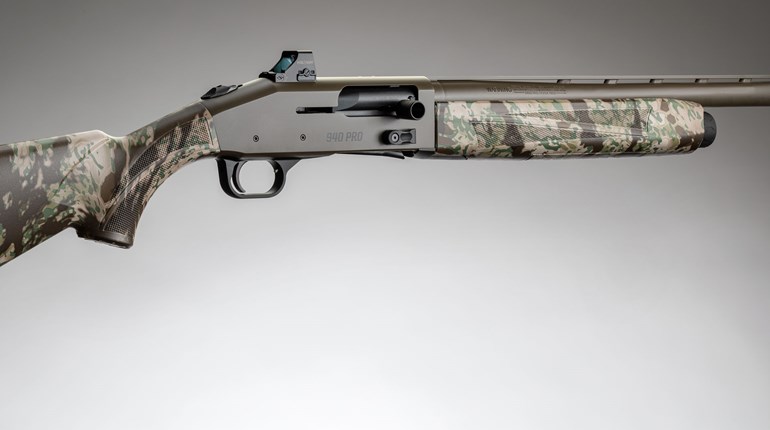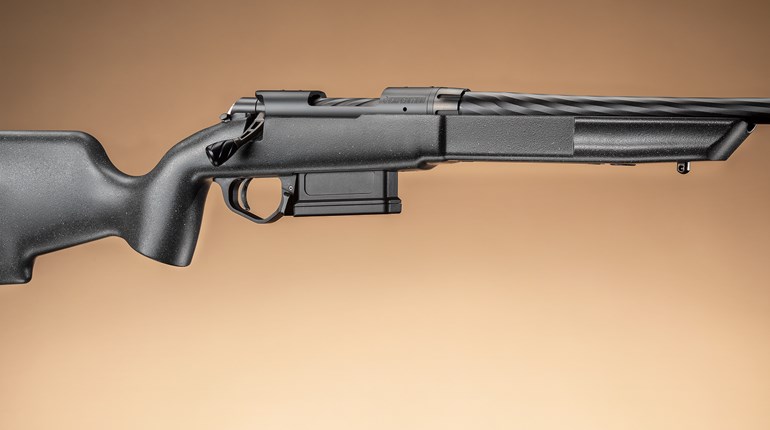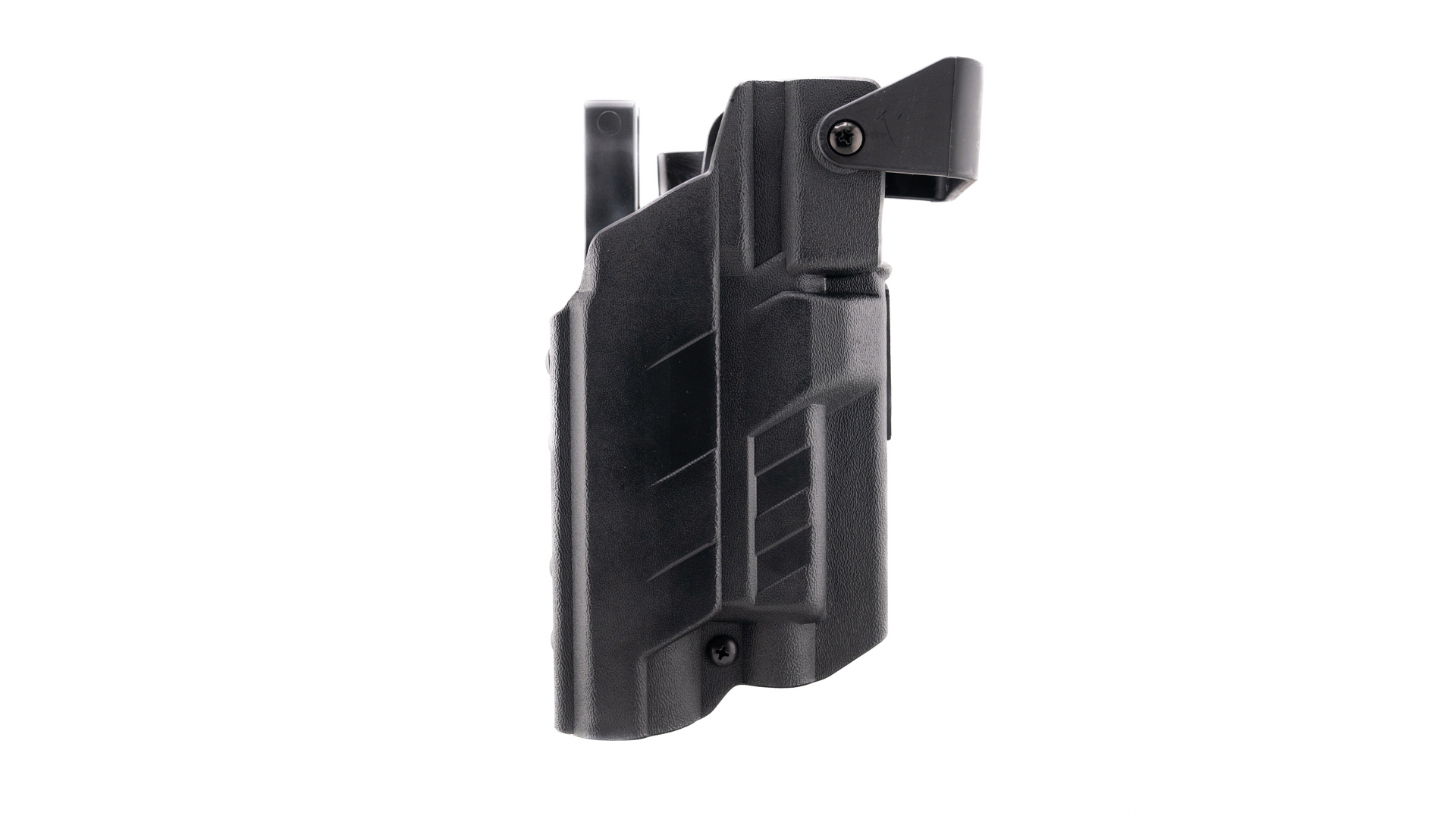
If you want to turn your shotgun into a slow-loading, relatively inaccurate, heavy-recoiling rifle, just buy some slugs. But even then, it’s not so simple. There are so many slug designs available, just choosing one can be overwhelming. Here’s the scoop on slugs for your home-defense shotgun, for those rare times you might need one.
Basically, there are three types of shotgun slugs: Foster-type, Brenneke-type and sabot slugs. Foster is an American-invented slug with a rounded, full-bore-diameter projectile that often features a rifling pattern imparted on its lead base. Although these slugs have historically been called “rifled slugs” thanks to misconception, shooting them from a smoothbore (shotgun barrel) does not cause them to spin. Therefore, accuracy beyond 50 yards is poor. (By poor, I’m talking 3-inch groups or bigger at 50 yards.) However, this “rifled” design allows the slug more flexibility to conform to the various choke and barrel dimensions of shotguns, lending it better (but still relatively poor) accuracy in a wider range of guns.
Brenneke refers to a German-made slug that was invented in 1898 by Wilhelm Brenneke. It featured a wasp-waisted design with a rear often consisting of a finned tailpiece that stabilizes the slug, much like a shuttlecock in badminton. These big, heavy slugs are like Foster-style slugs in that they do not spin when fired from smoothbores and are also not very accurate. They are wrecking balls on whatever close-range objects they strike, however.
Sabot slugs, which have a plastic sleeve that falls away during flight, are superior in terms of trajectory and accuracy, but only if the shotgun features a fully rifled barrel. They are typically used for hunting purposes where rifles are not permitted. But, because I don’t know any home-defense shotguns that feature fully rifled barrels—and because they are also inaccurate when fired through a smooth bore, in addition to being less powerful thanks to their reduced weight—most sabot-style slugs should be avoided for home defense.
Shotgun slugs are deep penetrators, so overpenetration through house walls can be an issue. But, there is a time and a place for slugs—most notably if you don’t have a rifle and you need a load that’s more precise and slightly farther-reaching than a swath of buckshot. Perhaps their best use is on boats, where shotguns are commonly used for defense. Slugs make short work of taming big sharks as they are pulled to the side of the boat, without as much risk of an errant pellet going into your own hull.
For the limited times when I need a slug, I go with one of several specific loads, depending on what my particular gun tends to favor. Here are three:
I’ve had good luck with Federal’s TruBall product. In essence, it’s a Foster-style, 1-ounce slug that has a hollow rear, followed by a polymer ball and a wad. When the shell is fired, the ball is forced into the rear of the slug, thereby obturating the slug’s lead “skirt” so it conforms exactly to the bore along its journey through it. TruBall has proven to be fairly accurate for me over the years, sometimes shooting 2- to 3-inch groups at 50 yards when using a red-dot sight. It’s available in several different-power loads, including 1,300-, 1,600- and 1,700-fps loads, as well as a new Deep Penetrator load where the slug is made of harder, higher-antimony lead, so it won’t deform as much as the others. I like this idea, because when I need a slug, penetration is typically paramount.
Winchester has a similar product—Deer Season Slug—that instead of a ball, uses a polymer cone with a cylinder base to obturate the rear of the lead projectile, giving it its best chance of accuracy.
Fiocchi also makes excellent slug loads—both Brennekes and Fosters—that your shotgun may prefer. Fiocchi has dedicated itself to shotgun shells and loads them to very high tolerances, and many guns prefer them.
There are, of course, dozens of other slug brands which load all types of specialized and even novelty slugs, many of which I have never used. Some of these may be the cat’s meow for your needs. I’d suggest, though, that if you need an accurate slug for precision work, your best bet is a rifle. After all, a shotgun’s strength is derived from its deadly pattern of bad-guy-stopping pellets.






































